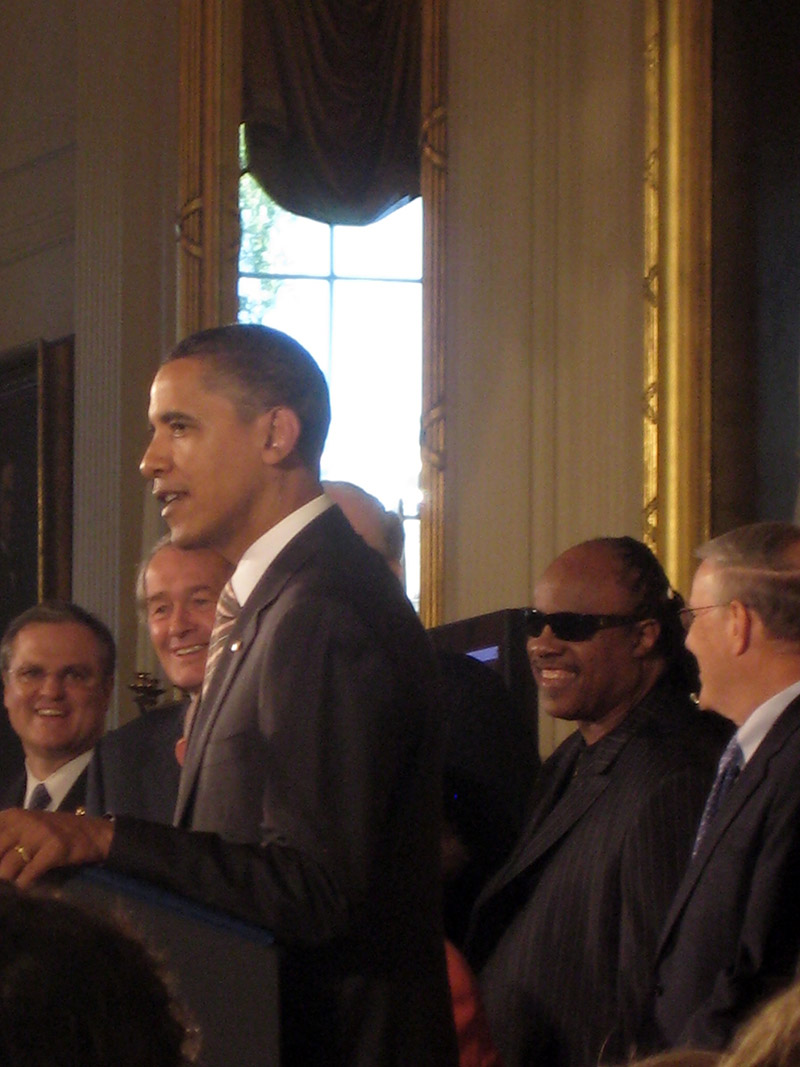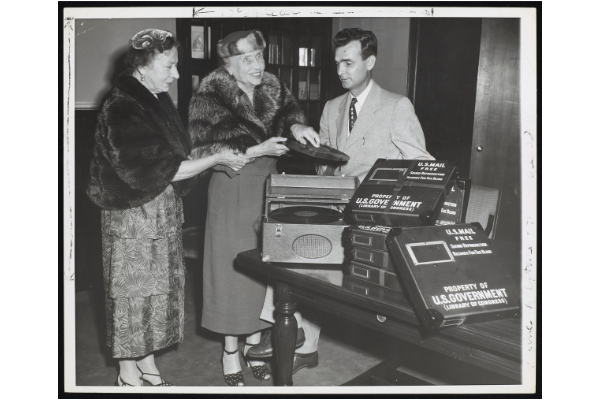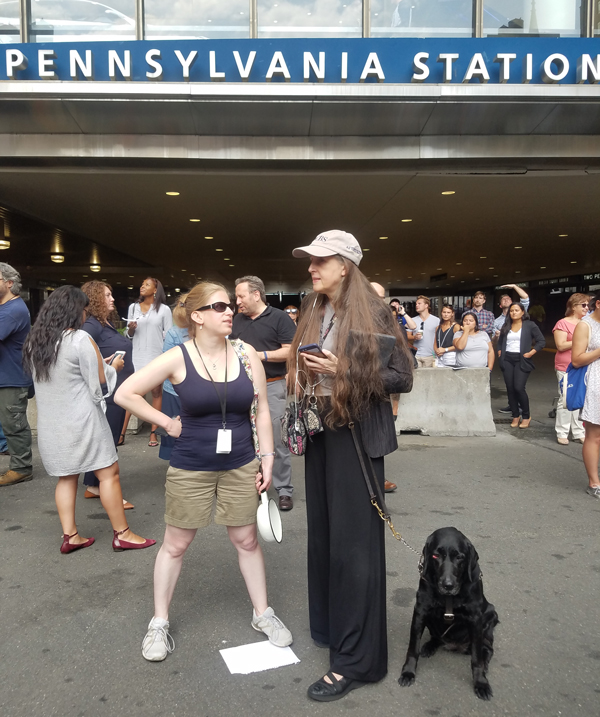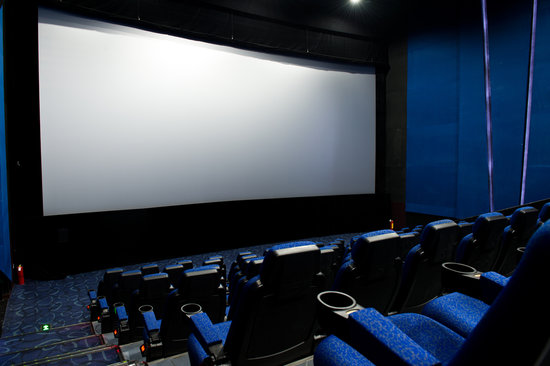Audio description (sometimes called "video description" or simply "description") is a creative process that makes television programs and movies more accessible for people who are blind or visually impaired. A narrator (audio describer) verbally provides short descriptions of key actions or visual elements of a scene, such as what the actors are wearing, doing, or even key facial expressions. The descriptions are inserted into pauses within a program's dialogue, but can also be added before a program begins, to provide important context. Audio description helps people who are blind or visually impaired gain more complete access to the creative content of TV programs and movies and thereby more fully participate in society.

Yesterday, AFB staff experienced the solar eclipse with a variety of high- and low-tech approaches.
Big news from Netflix this week: the internet television network announced that it is adding audio description to its platform as a setting. This is huge news for those of us with vision loss.
Comcast has just announced a solution to a huge television-watching problem.
Last weekend, my wife and I went to go see Anchorman 2. We love going to the movies, and I love the experience even more now that we have a local theatre that provides video description (hat-tip to Cinemark. I hope the other theaters in my area follow their example). I was pretty excited, because I loved the first Anchorman.






